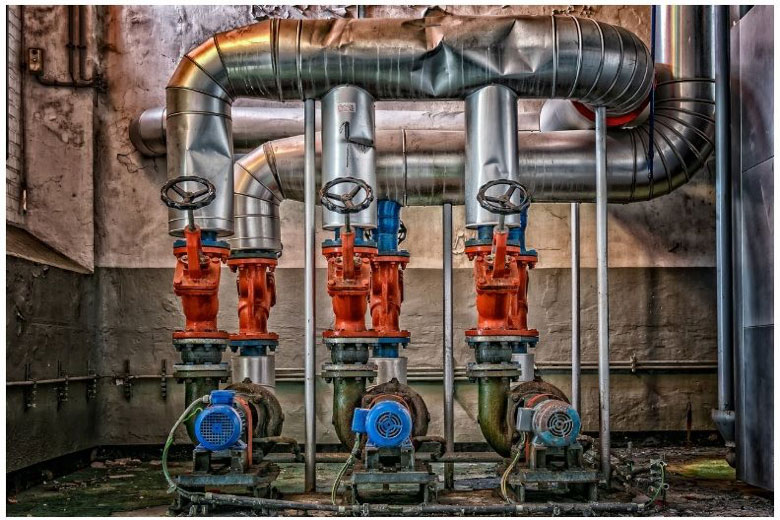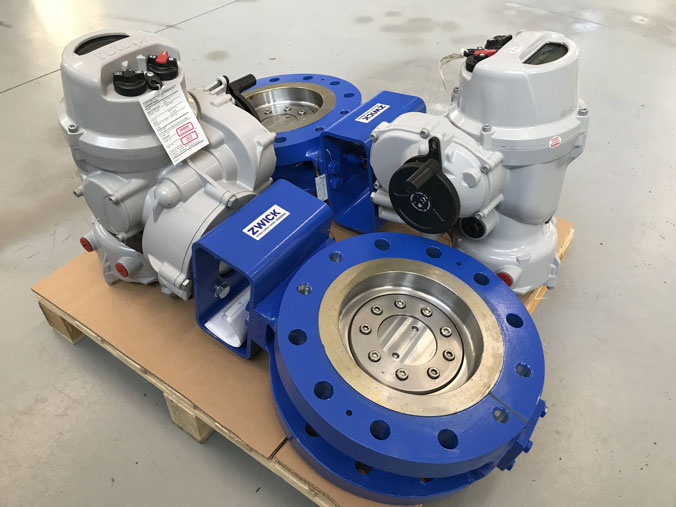
November 26, 2019
Butterfly valves are almost like ball valves, yet some main points distinguish them from each other. They are compact and easy to operate when activated. The plate is lighter, and the valve itself needs not as much of structural backing than a ball valve. One can further say that butterfly valves are explicit, which makes them valuable in modernized applications. Besides, they are genuinely reliable and require only low maintenance.
There are two categories of butterfly valves, namely the concentric type and eccentric type. The latter has three subcategories, the single offset, double offset, and triple offset. Choosing the right valve is crucial to a particular industry’s application for selecting the wrong kind can be detrimental. This article will discuss further the fundamental differences of zero, single, double, and triple offset butterfly valves.
A zero offset butterfly valve, identified to have a concentric design, is what we know as resilient seated or rubber seated butterfly valves. This type of valve features a central structure of its stem, disc, and body aligned in the same position. Thus, it is easy to manufacture because of its simple structure.
As a result of scraping and squeezing activities by its disc and seat, this kind of butterfly valve can quickly develop deficiencies. Such as rapidly wearing and significant frictional resisting cases. To overcome this problem, the manufacturers then come up with a solution to adopt elastic materials like PTFE and rubber for the valve seat. Conversely, this made the valve restricted to high temperatures.
Zero offset butterfly valves can handle food, coatings, some solids, chemicals, and abrasive applications. The advantage of using this type of valve is that the elements going through the valve will not touch the body because the valve seat covers the body.
A single offset butterfly valve is designed to resolve the squeezing complication among the disc and seat parts. The axle center of the valve stem is deviated from the focal point of the disc, effecting the bottom and top part of the disc as it is no longer the center of the revolving axle. Cases like squeezing between the top and bottom disc of the butterfly valve can cause overpressure, as well as the seat being dispersed and alleviated.

Nevertheless, the scraping difficulties still exist between the seat and disc throughout the process of opening and closing of a single offset butterfly valve. Its application is alike to a zero offset butterfly valve. Hence, it is seldom being used.
A double offset butterfly valve, known as a high-performance butterfly valve, has an extensive range of applications nowadays. This type is an improved valve based on the features and structure of the single offset butterfly valve.

The double offset structure in the stem center deviates from the centers of the disc and valve itself. Upon these features, the disc can leave the seat quickly. Furthermore, reducing unnecessary squeezing and scraping between the two parts. The wearing process then is decreased, and the valve prolongs its operation life.
Moreover, the seat of double offset butterfly valves made from metal yields the declining rate of scraping. Not to mention the ability to withstand working conditions that involve high temperature. This seat feature expands the application range to industries that require high-temperature butterfly valves in their day to day operations.
Double offset butterfly valves are commonly used in:
In working conditions that require high-temperature property, it is necessary to use hard sealed double offset butterfly valves. However, they often leak. Soft sealed valves are perfect for tight shutoff and zero leakage, yet they cannot resist high temperatures. So to overcome the shortcoming of double offset butterfly valves, the triple offset butterfly valves were produced.

A triple offset butterfly valve is designed based on the structure of a double offset butterfly valve. Obviously, there are three offsets in a triple offset butterfly valve. Two are located in identical positions as the double offset butterfly valve. Whereas the third offset is geometrically aligned on the seating surface, creating a cone shape type of the seat and disc. This coney angle, together with the two eccentric offsets, permits the disc to seal alongside the seat with no friction involved.
This type of seat design lets uniform sealing, hence assures a zero leakage in a metal seat design. This design solves the conflict under temperature and high pressure. Aside from that, the product is cost-friendly and supports easier automation of torque than other models of valves that are metal seated.
Triple offset butterfly valves are used in similar industries like the double offset butterfly valves. However, they are used in more demanding and challenging applications.
In a nutshell, most industries rely on butterfly valves because they are low cost, low maintenance, and space saver. There are multiple classifications of butterfly valves, namely zero, single, double, and triple offset butterfly valves. Each type has its distinct features that can be either an advantage or a disadvantage. It is essential to be aware of their differences so that one can choose the right valve for the desired application.
In this episode, I sat down with Beejan Giga, Director | Partner and Caleb Emerson, Senior Results Manager at Carpedia International. We discussed the insights behind their recent Industry Today article, “Thinking Three Moves Ahead” and together we explored how manufacturers can plan more strategically, align with their suppliers, and build the operational discipline needed to support intentional, sustainable growth. It was a conversation packed with practical perspectives on navigating a fast-changing industry landscape.